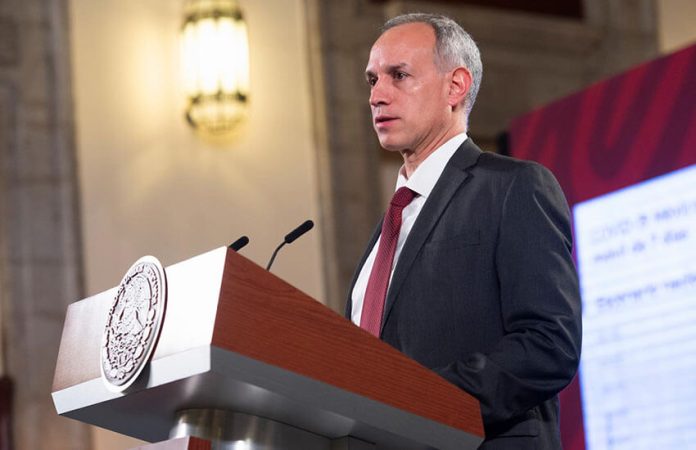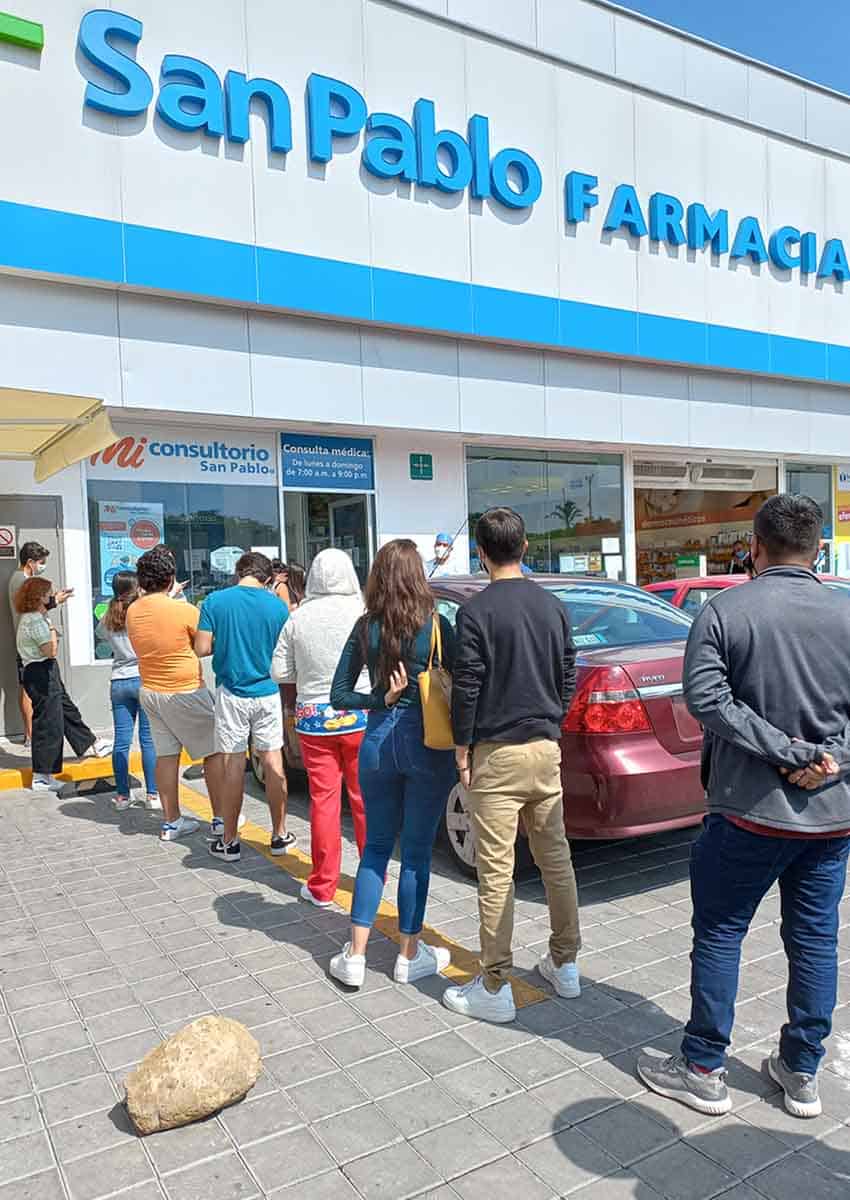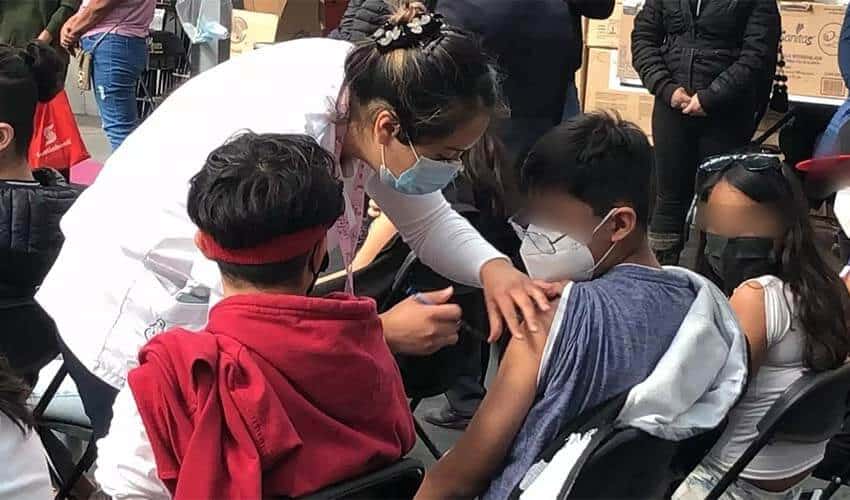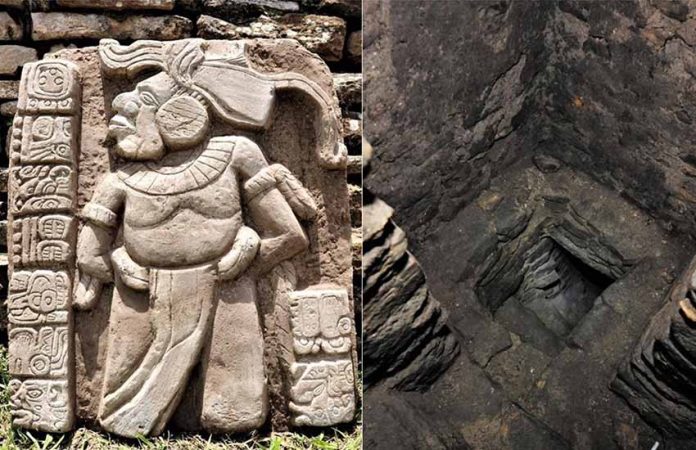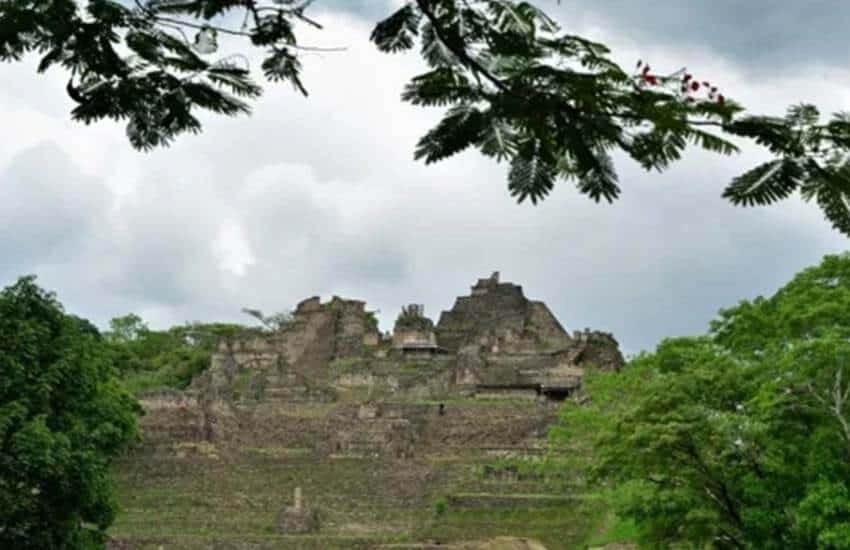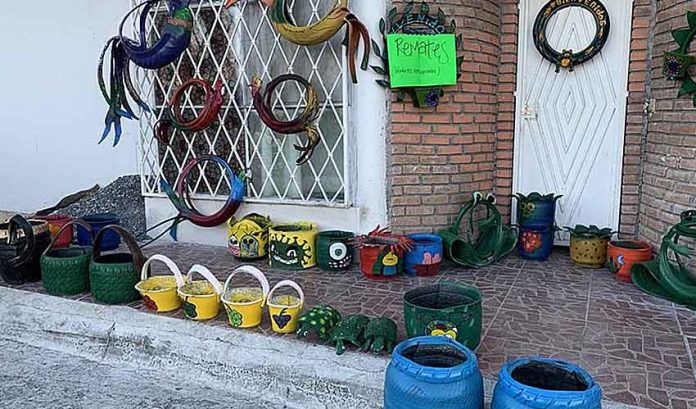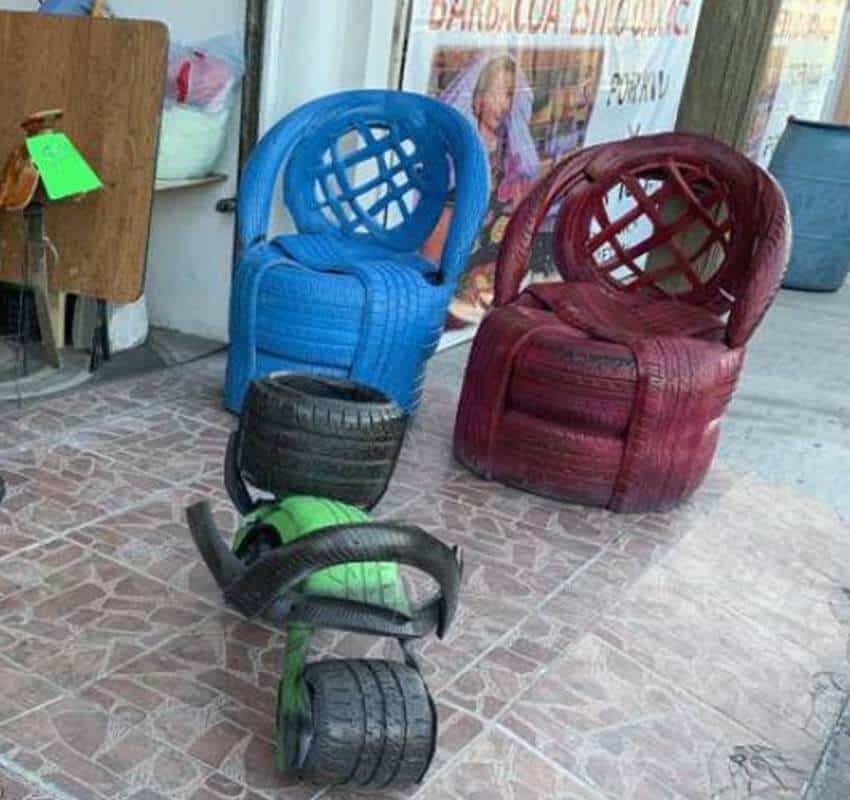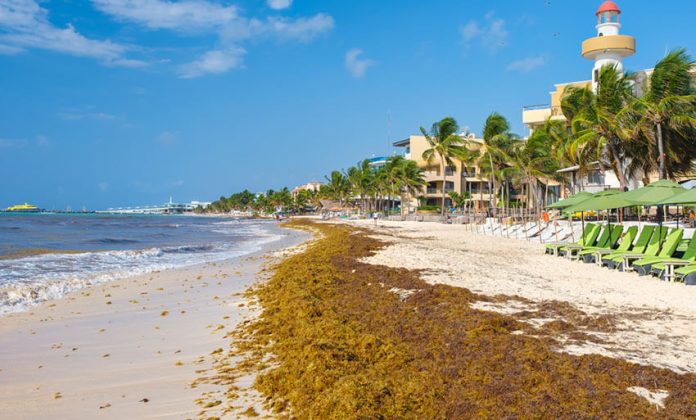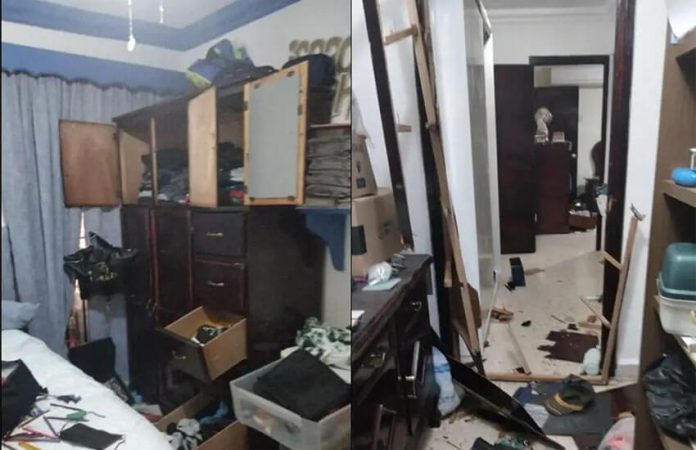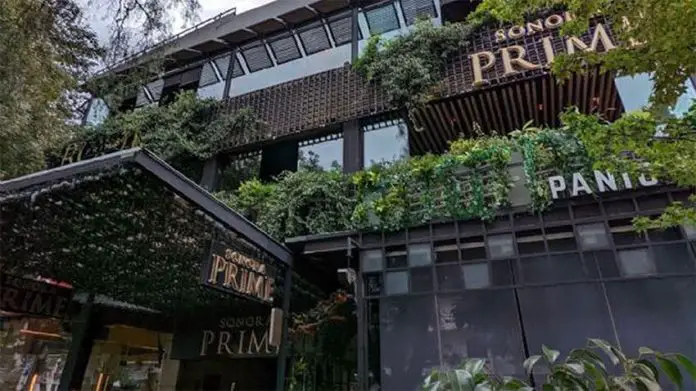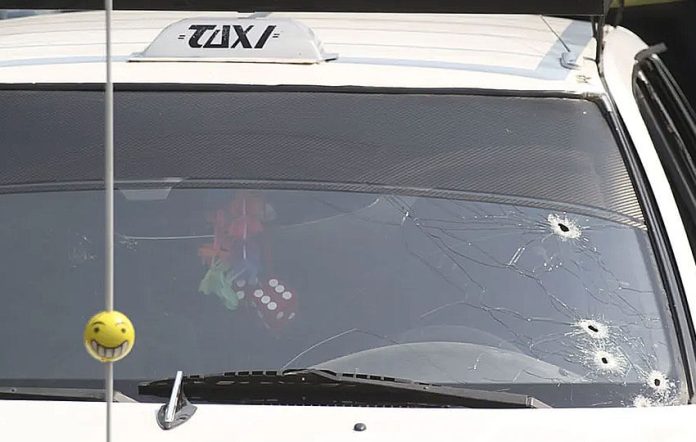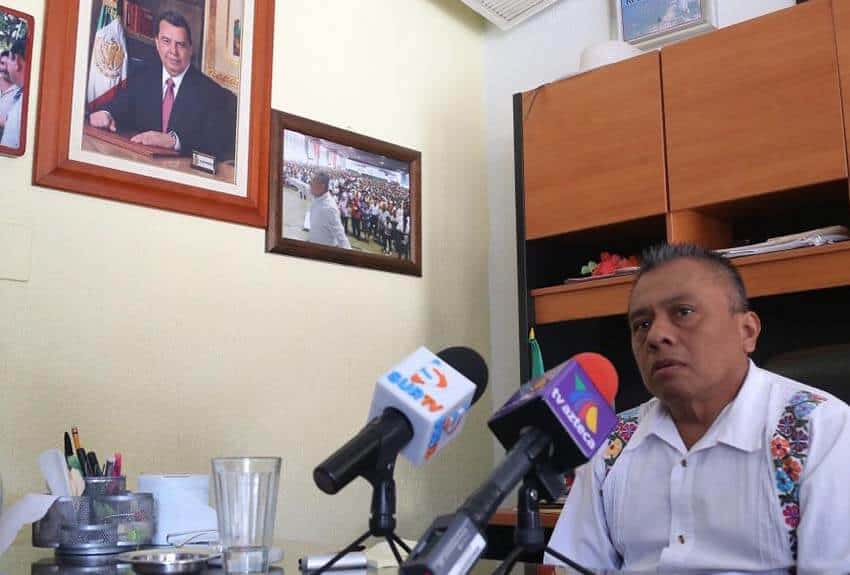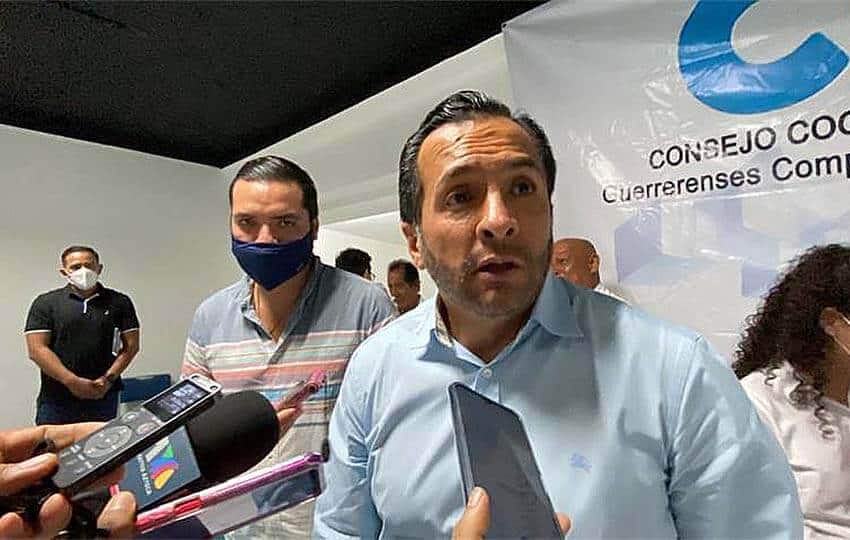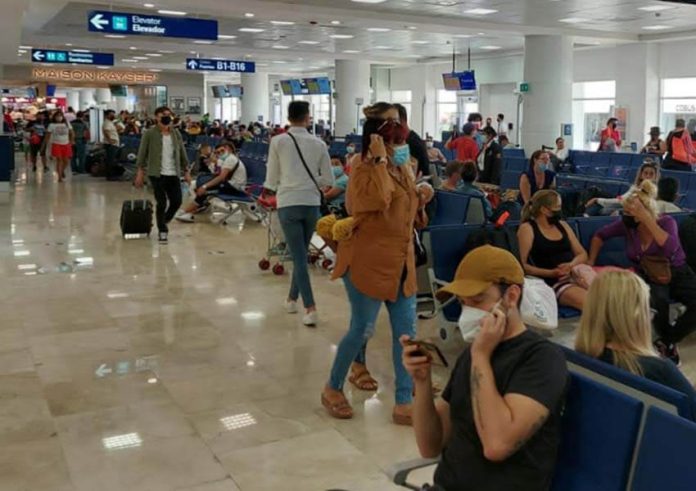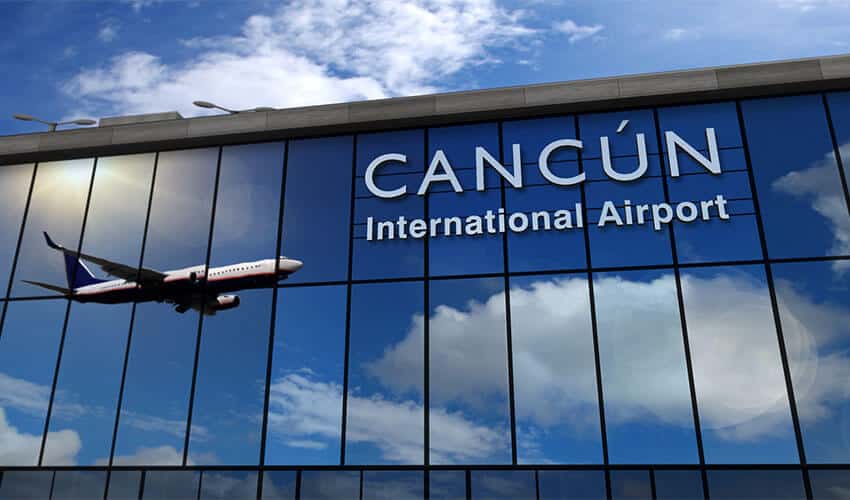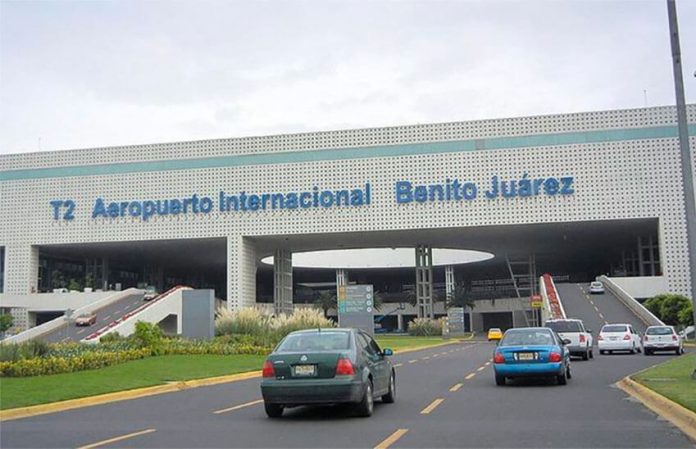Dog attacks have increased over 19% in Mexico City this year, with well over 100 victims seeking treatment for their injuries in public hospitals.
Federal data shows there were 5,665 dog attacks in the capital between January and July, an increase of 19.4%, or 920 incidents, compared to the same period of 2021.
Data obtained by the Milenio newspaper showed that 141 people have arrived at the emergency departments of public hospitals to seek treatment for dog bites this year. The number of people who sought hospital treatment for such injuries surged 40.7% last year to 280 from 199 in 2020, when COVID-related restrictions were at their peak in many cities, which seemed to explain a marked decrease in dog attacks across Mexico in that year.
Although none have been reported in 2022, fatal dog attacks have occurred in the capital in recent years, including one that claimed the life of a toddler in the borough of Iztapalapa in 2019 and another in which a grandmother was killed in the Condesa neighborhood in 2020. A pit bull was involved in each attack.
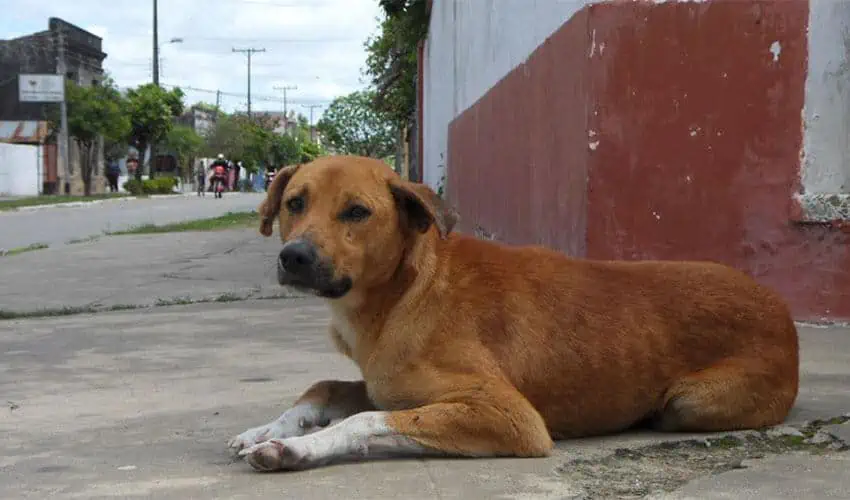
While dog attacks in the capital are on the rise, few victims file criminal complaints. Only 66 complaints have been filed so far this year, Milenio reported, adding that authorities in Iztapalapa, Gustavo A. Madero, Xochimilco and Azcapotzalco received the most. The complaints resulted in a few arrests, the newspaper reported.
Factors like agreements made between dog owners and victims, the speedy retreat of the former after an attack has occurred and victims’ belief that filing a complaint with authorities is a waste of time are believed to be among the reasons why most dog attacks don’t lead to criminal complaints.
“A lot of situations can be resolved at the time [of the attack] when the two parties reach an agreement in which the owner of the dog that attacked assumes responsibility for the harm [caused],” said Ismael García Valdés, an official with Mexico City’s Animal Surveillance Brigade.
He said the filing of a criminal complaint is more common when a victim suffers serious injuries. Aggressive dogs have been seized and euthanized in some cases.
According to Mexico City law, dog owners are required to compensate victims for any injuries they sustained as a result of an attack by their pet in a public place. However, some victims have had to pay their own medical bills because they were attacked by a street dog or the owner fled after the incident and wasn’t identified.
Besides humans, many dogs have also been victims of attacks by their canine bretheren in Mexico City. According to information on the Facebook page of animal protection association Mundo Patitas, dog owners have paid veterinary bills of up to 20,000 pesos (almost US $1,000) after their pets sustained injuries inflicted by other canines.
With reports from Milenio

